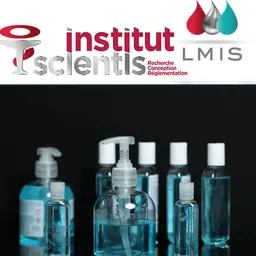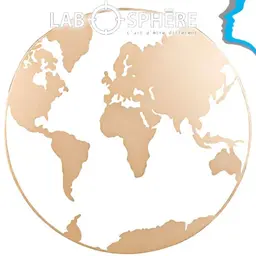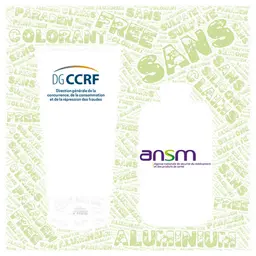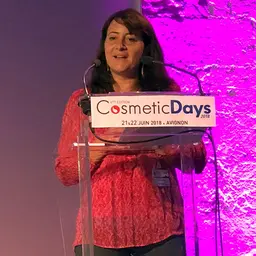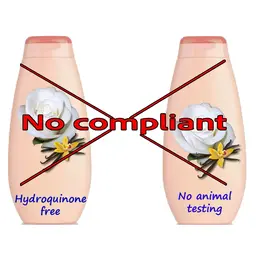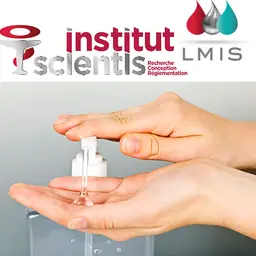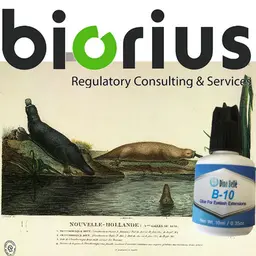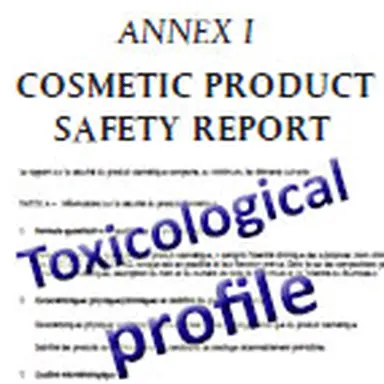
The toxicological profile of the substances is essential for the safety assessment of the finished product. These data are at the core of the reasoning of the safety assessor, as described in the Part B of the Annex I. In this section: data gathering, tests, safety margin calculation… and substantiated justification of any lack of a mandatory information.
The text of Annex I requires that the toxicological profile of substance contained in the cosmetic product be provided for all its relevant toxicological endpoints.
A particular focus on local toxicity evaluation (skin and eye irritation), skin sensitization, and in the case of UV absorption, photo-induced toxicity, shall be made.
In short, data shall be supplied on:
• Acute toxicity
• Irritation and corrosiveness (skin and eyes tolerance)
• Skin sensitization
• Skin, but also mouth or by inhalation absorption, as, after the text “all significant toxicological routes of absorption shall be considered”
• Toxicity due to repeated doses
• Mutagenesis and genotoxicity
• Carcinogenicity
• Toxicity to reproduction
• Toxicokinetics
• Photo-induced toxicity, if relevant
• Systemic effects, which shall also be considered
From these data, the margin of safety (MoS) based on a no-observed adverse effects level (NOAEL) shall be calculated.
The equation comes as, MoS = NOAEL / SED (Systemic Exposure Dose).
In practice
This section 8 of the Annex I is quite simple for all the regulated substances, whose the toxicological profiles have been evaluated, and the upper limits for use (as seen in the Annexes to the Cosmetics Regulation) have been defined by the SCCS. …



